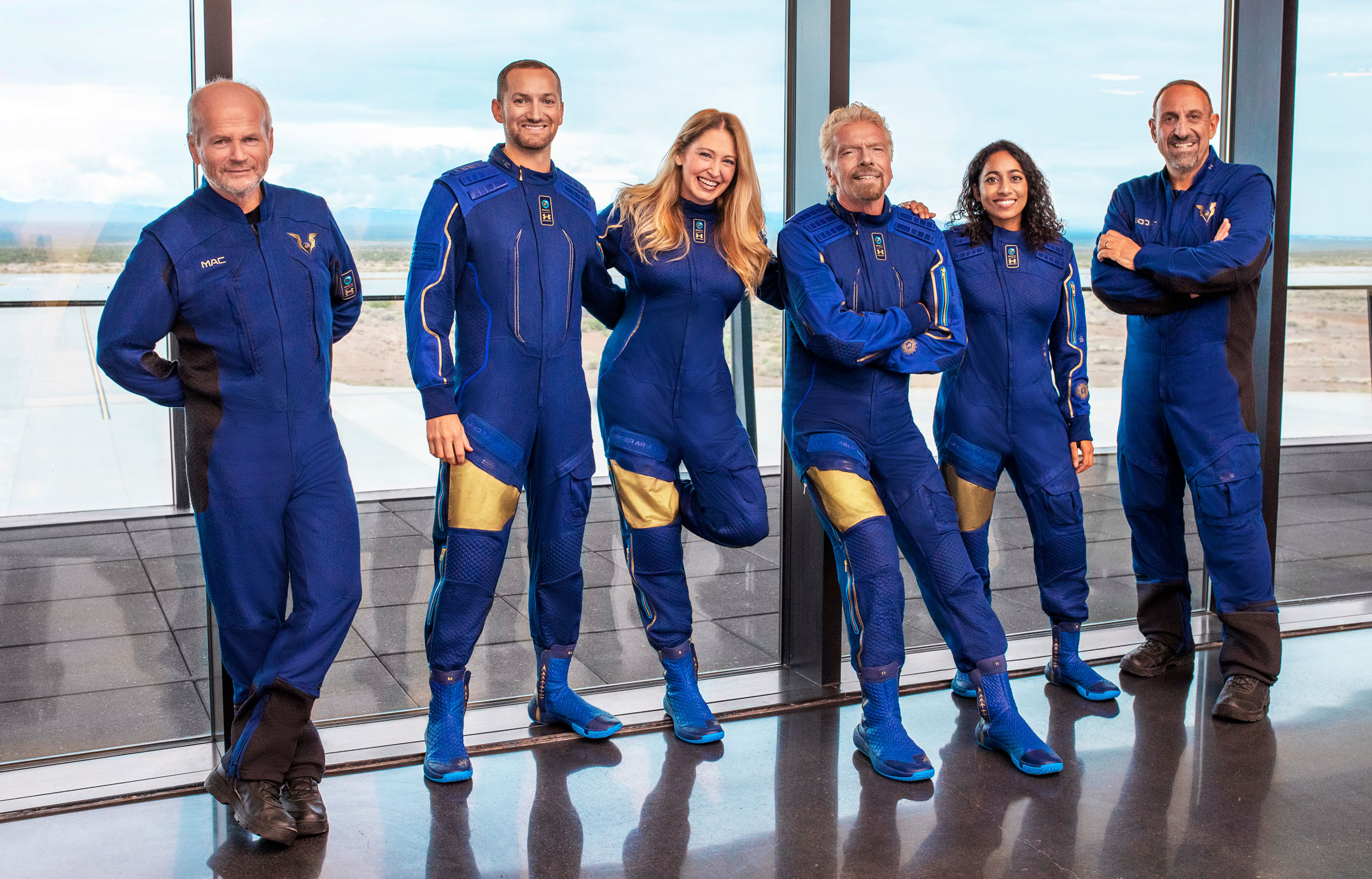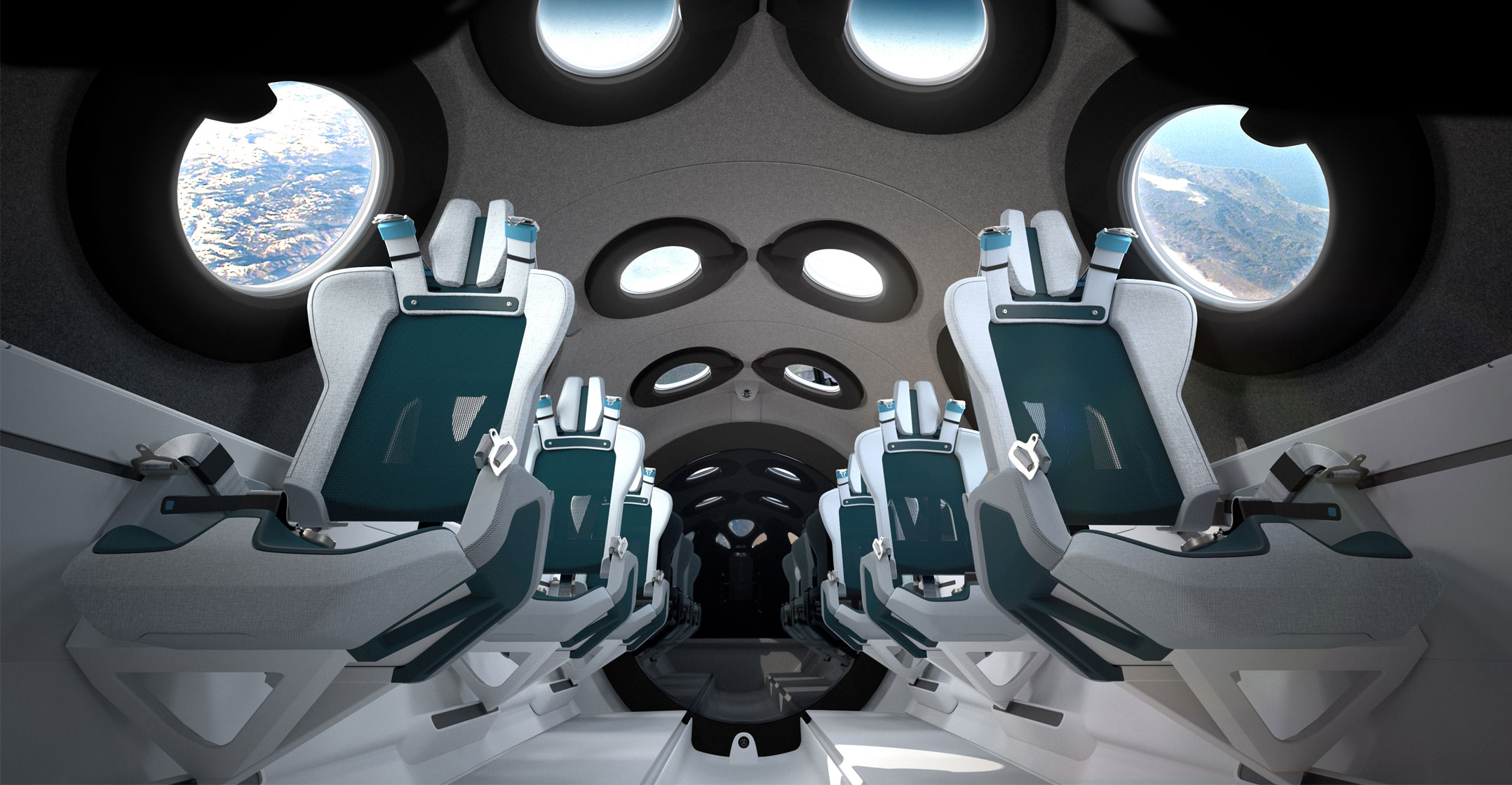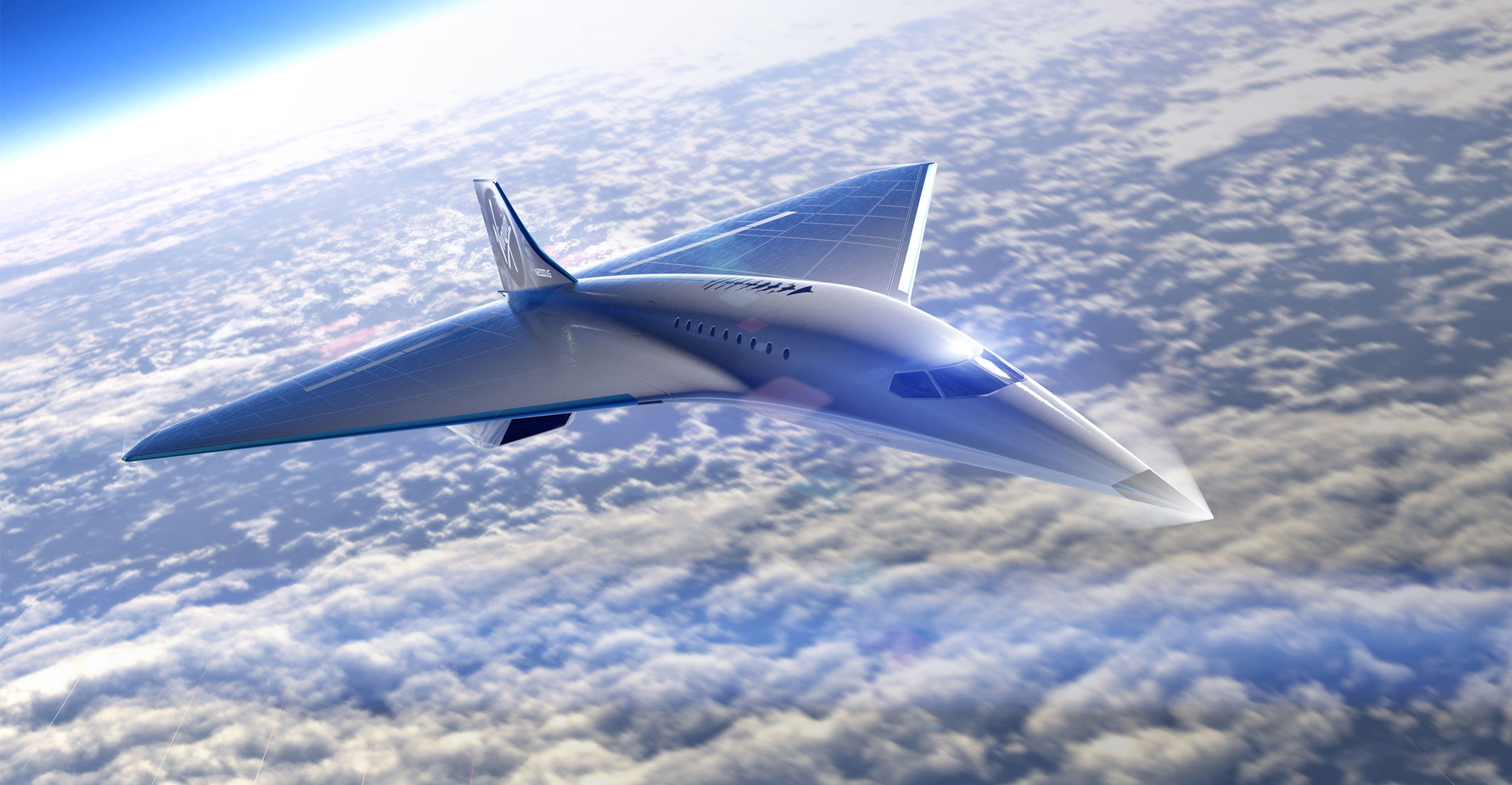
British billionaire Richard Branson on Sunday soared more than 80km above the New Mexico desert aboard his Virgin Galactic rocket plane and safely returned in the vehicle’s first fully crewed test flight to space, a symbolic milestone for a venture he started 17 years ago.
Watch the launch video below
Branson, one of six Virgin Galactic employees strapping in for the ride, has touted the flight as a precursor to a new era of space tourism, with the company he founded poised to begin commercial operations next year.
The success of the flight also gave the flamboyant entrepreneur bragging rights in a highly publicised rivalry with fellow billionaire Jeff Bezos, the Amazon online retail mogul who had hoped to fly into space first aboard his own space company’s rocket.
Sunday’s launch of the VSS Unity passenger rocket plane marked the company’s 22nd test flight of its SpaceShipTwo system, and its fourth crewed mission beyond Earth’s atmosphere. It was also the first to carry a full complement of space travelers — two pilots and four “mission specialists”, Branson among them.
A week away from his 71st birthday, Branson and his crewmates walked onto the tarmac waving to a throng of onlookers before boarding the Unity rocket plane parked at the end of a taxiway. Video posted by Virgin Galactic showed Branson arriving earlier at the takeoff site on his bicycle and greeting crewmates with a hug.
A festive gathering of space industry executives, future customers and other well-wishers were on hand to witness the launch, which was livestreamed in a presentation hosted by late-night television comedian Stephen Colbert. Among those present was fellow billionaire and space industry pioneer Elon Musk, who also is founder of electric carmaker Tesla.
The gleaming white spaceplane was carried aloft on Sunday attached to the underside of the dual-fuselage jet VMS Eve (named for Branson’s late mother) in a takeoff from Spaceport America, a state-owned facility near the aptly named town of Truth or Consequences. Virgin Galactic leases a large section of the 18 000-acre site.
Reaching its high-altitude launch point at about 14 000m, Unity was released from the mothership and fell away as its crew ignited the vehicle’s rocket, sending it streaking straight upward at supersonic speed to the blackness of space some 85.9km high.
At the apex of the climb with the rocket shut down, the crew then experienced a few minutes of microgravity, before the spaceplane shifted into re-entry mode, and began a gliding descent to a runway back at the spaceport. The entire flight, from takeoff to landing, lasted about an hour.
High-cost tickets
Virgin has said it plans at least two further test flights of the spaceplane in the months ahead before beginning regular commercial operation in 2022.
This is no discount travel service. But demand is apparently strong, with several hundred wealthy would-be citizen astronauts already having booked reservations, priced at around US$250 000 per ticket.
The Swiss-based investment bank UBS has estimated the potential value of the space tourism market reaching $3-billion annually by 2030

Proving rocket travel safe for the public is key, given the inherent dangers of spaceflight. An earlier prototype of the Virgin Galactic rocket plane crashed during a test flight over California’s Mojave Desert in 2014, killing one pilot and seriously injuring another.
Branson’s participation in Sunday’s flight, announced just over a week ago, was in keeping with his persona as the daredevil executive whose Virgin brands — from airlines to music companies — have long been associated with ocean-crossing exploits in sailboats and hot-air balloons.
His ride-along also upstaged rival astro-tourism venture Blue Origin and its founder, Amazon mogul Jeff Bezos, in what has been popularised as the “billionaire space race”.
Bezos has been planning to fly aboard his own suborbital rocketship, the New Shepard, later this month. Branson has insisted he and Bezos are friendly rivals and not engaged in a personal contest to beat one another into space.
Bezos posted a message on Instagram on Saturday wishing Branson and his team “a successful and safe flight”, but nonetheless there has been some public rancour between the two.
Kármán line
Blue Origin has disparaged Virgin Galactic as falling short of a true spaceflight experience, saying that unlike Unity, Bezos’s New Shepard tops the 100km-high mark, called the Kármán line, set by an international aeronautics body as defining the boundary between Earth’s atmosphere and space.
“New Shepard was designed to fly above the Kármán line so none of our astronauts have an asterisk next to their name,” Blue Origin said in a series of Twitter posts on Friday. However, US space agency Nasa and the US air force both define an astronaut as anyone who has flown higher than 80km.
A third player in the space race, Musk’s SpaceX, plans to send its first all-civilian crew (without Musk) into orbit in September, after having already launched numerous cargo payloads and astronauts to the International Space Station for Nasa.
 Branson’s official role in Sunday’s test flight was to “evaluate the private astronaut experience,” according to Virgin’s press materials.
Branson’s official role in Sunday’s test flight was to “evaluate the private astronaut experience,” according to Virgin’s press materials.
The spaceplane’s two pilots, Dave Mackay and Michael Masucci, were tasked with controlling the ignition and shutoff of the ship’s rocket, activating the vehicle’s “feathered” tail manoeuvre for re-entry and steering the ship back to Earth.
The three other mission specialists were Beth Moses, the company’s chief astronaut instructor; Virgin Galactic’s lead operations engineer Colin Bennett; and Sirisha Bandla, a research operations and government affairs vice president. — Reported by Steve Gorman, (c) 2021 Reuters




